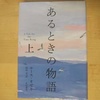
The new edition of "No-No Boy," published in the United States two years ago, includes a new preface that has never been seen before. The original 1957 edition was just the story, and when it was republished in 1976, a preface and afterword summarizing the story's background were added, and …
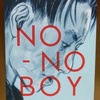
The protagonist's suffering depicted on the cover "No-No Boy," which drew no attention when it was first published, was republished in 1976. Since then, it has been read by many people, and the publisher, University of Washington Press, has published 13 editions and a total of more than 100,000 copies. …
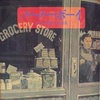
Translated by Yo Nakayama in 1979 The novel "No-No Boy" was republished in the United States in 1976. Three years later, in March 1979, a Japanese translation was published. The publisher was Shobunsha (Chiyoda-ku, Tokyo), a company that handles unique works such as translations of foreign literary works, and the …
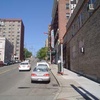
A symposium on "No-No Boy" will be held at the Japanese Cultural and Community Center of Washington in Seattle on March 12. Researchers will discuss the issues behind the novel, such as the meaning of the question about loyalty to the United States that was asked when Japanese Americans were …

John Okada's novel "No-No Boy," which sharply questions issues of identity, was published in 1957 and was largely forgotten without attracting public attention. It was rediscovered in the 1970s. Before explaining this background, I would like to briefly touch on the significance of examining "No-No Boy" in light of the …
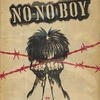
No-No Boy is a novel written by John Okada, a second-generation Japanese-American who lived in America during the Pacific War. He died in 1971 at the age of 47, and this is his only work. From the perspective of a Japanese-American who experienced the war, Okada explores a variety of …
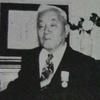
This series, which has been re-reading "The Centennial History of Japanese Americans," a compilation of the footsteps of first-generation immigrants to America, starting with Northern California and going almost state by state, has finally reached its final installment. The 27th chapter of the Centennial History is "The Southern Coastal States," …
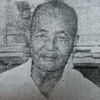
Florida, located in the southeastern part of the United States, between the Gulf of Mexico and the Atlantic Ocean and jutting out into the Caribbean Sea, is one of the states farthest from Japan, but there are surprisingly many Japanese people who have made their mark there, and the "Centennial …
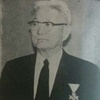
The first mass migration to the East Coast? The southern Atlantic states that "The Centennial History" introduces in Chapter 25 are Georgia, North Carolina, and South Carolina. According to statistics, the Japanese population in Georgia was 1 in 1900, 9 in 1910, 32, 31, 128 in each decade thereafter, and …
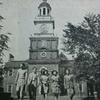
In the 23rd chapter of "Centennial History," the book summarizes the Japanese communities in the "Mid-Atlantic States," including the District of Columbia, Maryland, Delaware, Virginia, and Western Virginia. However, the focus of the book is on Japanese and Japanese-Americans in the capital, Washington, DC. There is almost no mention of …